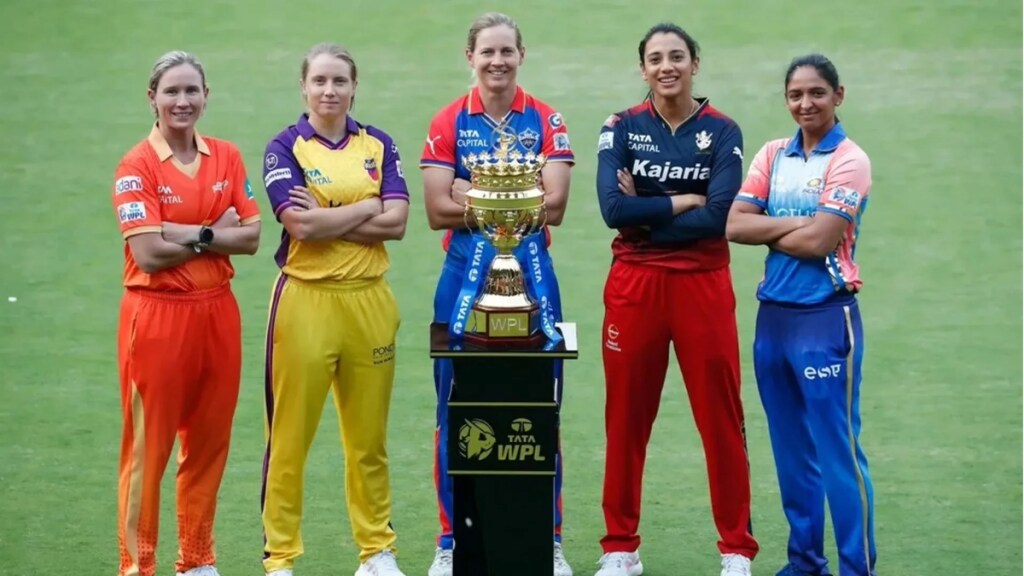By Ramya Ramachandran
As an avid follower of cricket and a passionate advocate for women’s sports, witnessing the emergence of the Women’s Premier League (WPL) has been nothing short of exhilarating. For years, we’ve seen glimpses of women’s cricket prowess but it’s the WPL that has truly captured the imagination of fans and stakeholders alike, heralding a new era of opportunities and empowerment.
Comparisons with the Indian Premier League (IPL) are inevitable. The IPL, with its billion-dollar investments and global fan base, took a decade to carve its path to success. However, the WPL seems poised to accelerate this journey, fueled by the digital revolution and a shifting paradigm in brand partnerships.
What sets the WPL apart is its ability to democratise sponsorship opportunities. Women-led businesses, smaller enterprises, and fresh, women-centric brands now have a platform to shine, aligning their values with the spirit of women’s cricket. The significance goes beyond mere sponsorship deals. With increased visibility and investment, female athletes find themselves at the forefront of campaigns, breaking stereotypes and inspiring generations. Sports advertising has always felt like a boys’ club, filled with cars, razors, and the whole “manly man” vibe. The WPL can change that. The league can encourage brands to think outside the box. Imagine seeing fitness trackers alongside investment opportunities, or beauty products sharing the spotlight with tech gadgets.
The WPL can not only expand the range of advertised products, but also challenge those tired gender stereotypes we see in sports viewership. The WPL is a global celebration of cricketing talent. This international appeal is a dream come true for advertisers looking to reach a worldwide audience. International brands can leverage the league’s reach to connect with millions, making the WPL a melting pot of cultures, competition, and commerce.
The success of the WPL could pave the way for increased investment across all women’s sports, creating a more balanced and inclusive sporting landscape, where advertising reflects the changing demographics of the audience.
Here’s the exciting part for new brands: The BCCI raked in a massive `4,670 crore from selling five franchises for the WPL. This opens a golden opportunity for new brands to enter the sponsorship arena and be part of a successful cricket format, at a relatively lower investment compared to the established men’s IPL.
So, the next time you see a WPL ad, remember, it’s not just about selling products. It’s about celebrating female achievement, empowering new brands, and rewriting the rules of the advertising game. And that’s something we can all get behind!
The author is founder & CEO, Whoppl India


